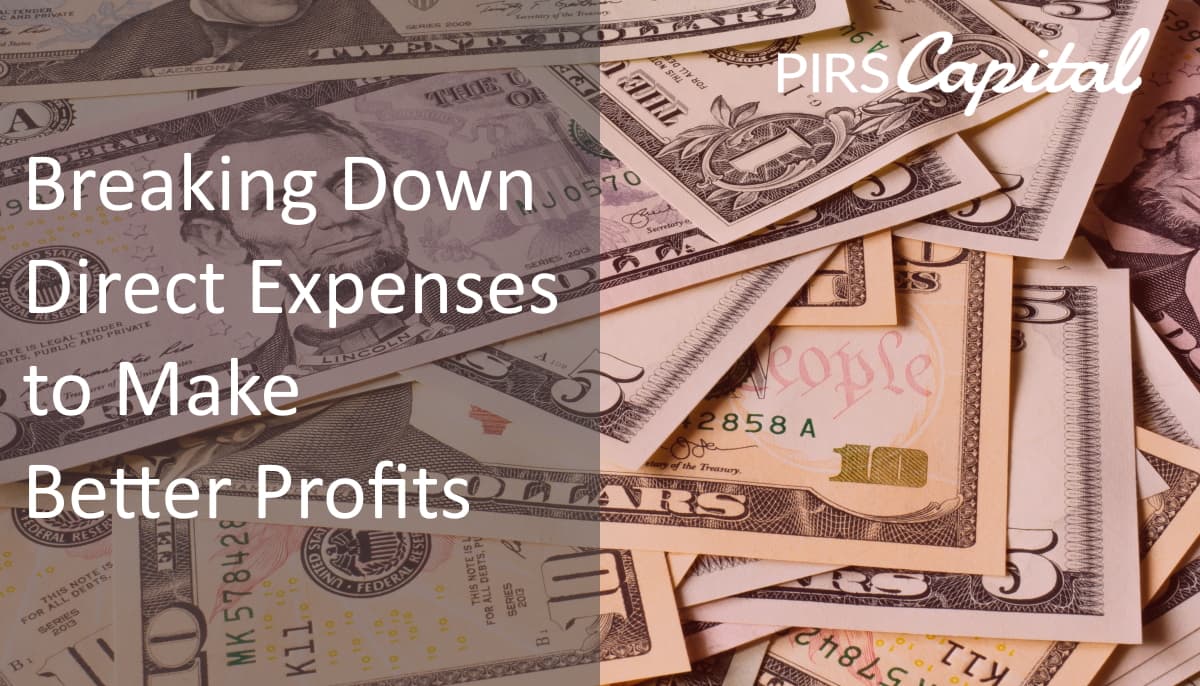
It’s important to be prepared for the many unexpected costs, responsibilities, and events that are inevitable when starting a business. The first thing to do when starting a business is to keep track of all the money coming in and going out. For the simple reason that making a profit is why any business exists. This necessitates keeping track of every cent that has left the company, from the smallest things like employee salaries and utility bills to the largest, like building leases and machinery purchases.
Understanding the different kinds of business expenses and how to account for them is a prerequisite to understanding the profit side of the business and learning how to do the accounting for the balance sheet and the profit and loss statement. Direct costs are those incurred by the business directly, while indirect costs are those incurred by third parties. Expenses can be broken down into two categories: direct and indirect. It’s important to keep track of where your money goes because it affects your accounting and can help you save money on taxes if you claim the right deductions.
Keeping tabs on these costs and allocating them to the appropriate accounts is crucial. In this article, we’ll go over the various business expenses, how to categorize them, and the distinction between direct and indirect costs. Keep reading if you’re curious.
How Do You Define Direct Costs?
To put it simply, a company’s direct expenses are also called direct costs. Your company will collapse without these essential costs. Whatever the state of your company, you must always account for these costs. These costs are incurred when acquiring essential supplies or making necessary purchases for the company. Direct costs are those incurred while making or providing a product or service.
Whatever the nature of your company, manufacturing, e-commerce, or service, you need to budget for direct expenses. They are to be incurred. However, another company’s direct expenses might look very different from yours.
Direct Expenses
As was previously mentioned, businesses in different industries (such as manufacturing, selling, production, and e-commerce) may have different direct expenses. We have, however, outlined some of the more common direct costs that any company might face. Direct expenses, also known as chargeable expenses, to which your company may be subjected are not limited to those listed here and should be investigated further.
Example Direct Expenses
Direct costs include the cost of:
- Rent
- Labor and wages, which make up a sizable portion of any business’s overhead
- The Equipment, Facilities, and Machinery Needed to Create a Product
How Are Indirect Costs Defined?
Direct costs, the other name of direct expenses, are those that can be directly attributed to running a business, while indirect costs are those that can’t be directly attributed to those primary business operations. Indirect costs are crucial to a company’s survival, but they don’t directly affect the price of the goods or services that bring in revenue.
Indirect expenses are the costs that crop up unexpectedly during the normal running of a company. They are completely unrelated to the items on sale. There is often no geographic breakdown of indirect costs. Expenses like rent and utilities fall into this category because of their administrative nature.
Costs that are not indirect are known as “direct expenses,” and they are incurred due to operational costs in the manufacturing sector. Products made at the time these costs were incurred will be affected. The price of the product can’t be increased to account for indirect costs. It shouldn’t affect the asking price in any way. Two subcategories of indirect expenditures are distinguished: those that are fixed and those that are variable.
Fixed indirect costs are those that remain constant throughout the life of a project.
Recurring indirect costs are those that occur on a regular basis and must be budgeted for.
Telephone costs, printing and stationery costs, salaries, etc. are all examples of indirect costs.
See Also:
Direct Expenses And Indirect Expenses
To better keep track of your finances and allocate funds, it helps to understand the distinction between direct and indirect costs. It’s difficult to keep accurate financial records if you don’t know how much money is being spent directly versus indirectly.
In general, direct expenses are entered in a way that has a direct impact on the operation of your business. The specifics of these direct costs will vary by company, but all businesses will have them eventually.
In contrast, indirect costs are those that arise naturally from conducting business and can’t be avoided. Direct costs directly affect the final product or service provided to customers, while indirect costs are necessary but do not directly affect the final product or service.
Lessons in Direct Costs Improvement
If you have been experiencing a decline in revenue or a shortage of cash flow, cutting costs in the areas of production and distribution may help. How about trying some of these approaches to lowering direct expenses?
Find a New Provider
1 Shopping around is always a good idea. Consider switching to a new vendor to see if you can save money on products and materials. Perhaps you can find a different web host that offers your service at a lower price.
Renegotiate With Your Current Suppliers
2 It’s less of a hassle to stick with the same vendors year after year, and it can prevent a lot of disruption to your business. Rather than looking for a new provider, you can always negotiate with your current one to get a better deal. Threatening to leave a supplier in order to get better pricing on raw materials is sometimes all it takes.
Discover Ineffective Processes
3 If you run a factory, maybe you can eliminate a process or find a way to cut costs by streamlining it. In order to find ways to cut costs in the manufacturing process, it is a good idea to consult those who are directly involved in the process. They’ll be able to cut costs and eliminate waste with ease.
Conclusion
Knowing the distinction between direct and indirect expenses is essential for accurate accounting. Keeping detailed records of every expense is essential for any business, no matter how big or small, so that owners can plan for the future, set fair prices, and save as much money as possible come tax time. Talk to the experts at PIRS Capital if you need help organizing your company’s spending. Not only will we be able to guide you on your expenses, but we can also lend you a hand with quick, risk-free capital loans.

I work with companies that sell products on platforms such as Amazon, Shopify, Walmart, Ebay, Etsy, etc. I understand that every business is unique and thats why I form genuine relationships with owners so I can help them reach their goals and find success through our working capital solutions.
